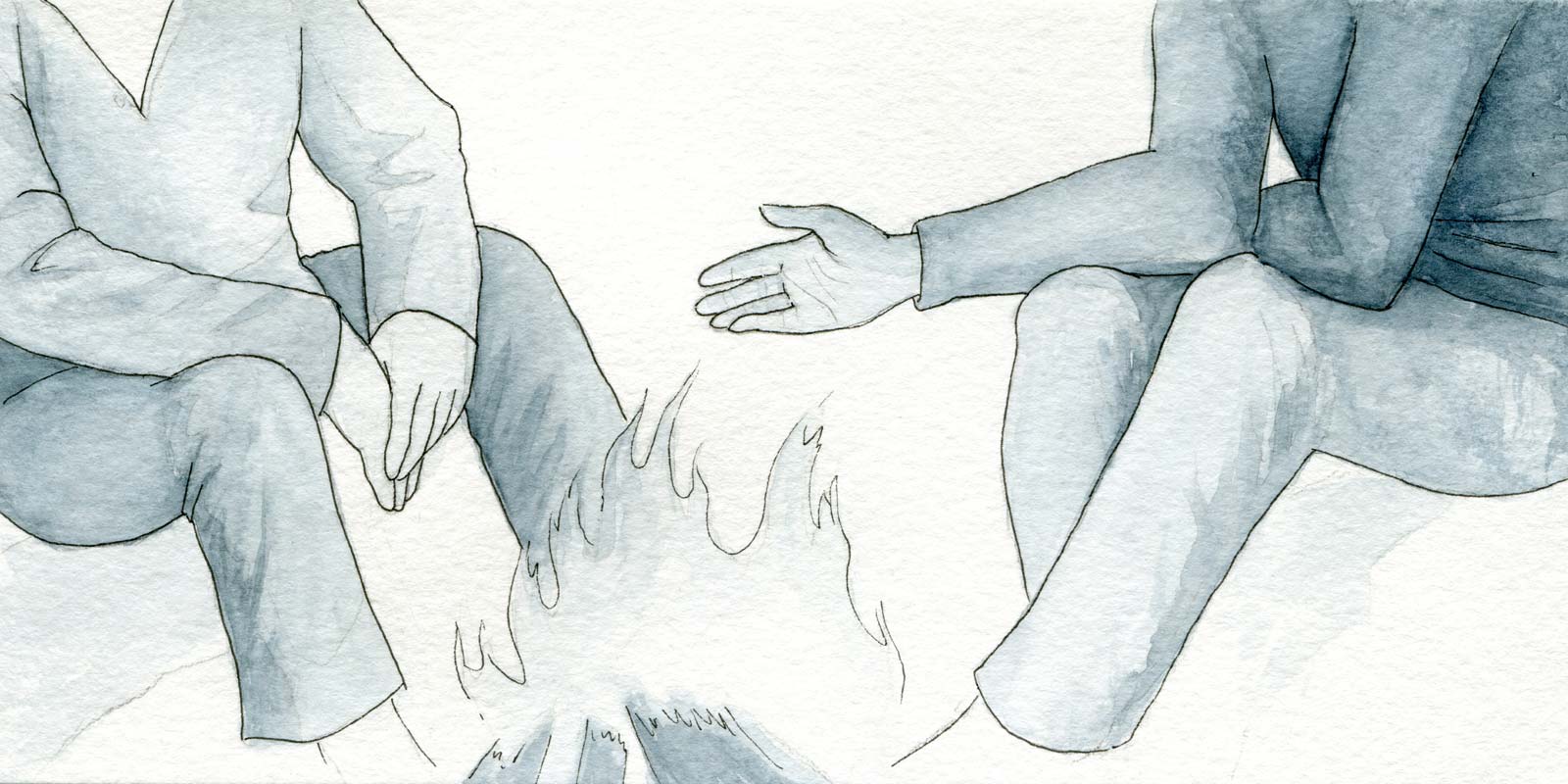Everyone loves a good story. While you may not remember all of the details of a story, you’ll remember enough of the setup and the emotion to recall it at a moment’s notice. At its most primitive level it sticks with you because it’s a part of your survival instinct; being able to quickly recall other people’s experiences might help you avoid danger, sickness, or famine. Of course, being able to recall other people’s experiences is also extremely helpful in building products. Use that same stickiness as a way to keep other points of view in mind — though instead of avoiding danger, sickness, or famine, you’ll be using them to help others avoid confusion or failure with your product.
An investment in empathy
Take the time to hear from users whenever you can. Once you hear someone talk about the way they use your product, you’ll recall it when it matters most: when you’re designing those parts of the product. Since product design is a highly iterative process, you’re likely to revisit features later on for various reasons: a technology changes, an opportunity arises (or falls through), or new feedback steers you in a new direction. The time you spent hearing from users informs your intuition about what will work, and can help you avoid missing the mark for one set of users while focused on another.
Stories can also help you catch happy accidents and seize opportunities to make small changes along with other fixes. Discovering a window of time to make improvements can mean the difference between getting a fix made for users now versus letting it languish on a prioritized list. Often these small fixes are never quite urgent enough to get done…so spotting the chance for sneaking in an easy fix when you’re tackling something else may be your best bet.
Turning things around
Stories about awkward experiences can be especially entertaining and newsworthy, and it’s natural to want to share them. However, if they’re stories about your own products, they can be hard to hear…especially if you know there is no easy fix. It’s helpful to remember that honest feedback is not only valuable to you, it is not always easy to find. Be glad you found that blog post, tweet, or comment, and make the most of it by sharing it with your team.
Since there’s a real person behind it, there’s a chance to shape what happens next. If there hasn’t been direct outreach yet, identify who can best follow up with that user. It can be especially meaningful for a user to hear from a member of the product team, which could certainly be you…though it’s a good idea to call in the pros (customer support, QA) when it comes time to troubleshoot and resolve issues. Even something as simple as acknowledging that it’s been heard can help prevent it from spiraling out of control into a larger narrative about your product.
These types of stories are also a powerful call to action, and can be a way to start a dialogue with the rest of your team (or company). You’ve got their attention—use it shed light on your strategy and tell additional stories so they have the whole picture. It can reassure them to know how issues are being addressed, and help them understand more about the business overall.
Multiple interpretations
Even the most simple story may have a few different layers of truth within it. When sharing it with you team, try to preserve the original story and tell it plainly with as many details as you can provide. You may be surprised what insights you glean from different people hearing the same material. Since every member of your team is working on unique things to bring the product to fruition, any one of them may see something you didn’t see.
While you may have particular ideas in mind already, don’t be hasty to toss your own ending on it. Come up with your own interpretation of what’s happened…and instead of proposing a solution, propose specific challenges. How can this user spent less time doing this? What would make them enjoy it more? How might they feel more successful? What would inspire them to tell their friends? Framing specific challenges can lead to clever solutions to real user problems…solutions that would have never occurred to you on your own.
Beyond their entertainment value, stories can be rich sources of insights and inspiration for improving the experience. Listen for these stories and share them when you can — you may find them helpful when you least expect it.


Leave a Reply